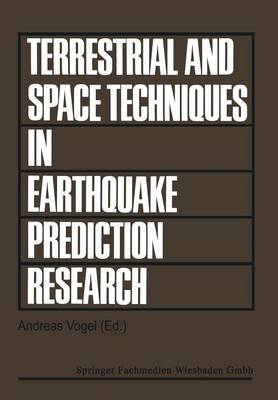Seismology in the sense of earthquake research is no longer exclusively a matter of earthquake recording and the analysis of seismograms. The tremendous progress in earth- quake dynamic research, the development of sophisticated technologies, the advent of the space age, and the call for reduction of the earthquake hazards and for disaster pre- vention programs have spurred interdisciplinary research to discover the earthquake generating processes. The progress in observing the physical phenomena of earthquake generating processes and the identification of earthquake precursors among these phe nomena have placed research on the field of predicting earthquakes on the solid basis of exact earth sciences. The measurement of the phenomena of slow-motion dynamics such as the move- ment of tectonic plates, the accumulation of strain, displacements observed in fault zones, and the temporal variations of physical rock properties fall into the domain of geodesists and geophysicists rather than seismologists. However, seismology in the broadest interpretation of earthquake research requires all observable phenomena of slow-motion dynamics in order to constrain models of focal mechanism and to penetrate deeper into earthquake source physics. Interdisciplinary research is on the way to open us new dimensions in earthquake and earthquake predic- tion research.
- ISBN10 3528084065
- ISBN13 9783528084066
- Publish Date 1 January 1979
- Publish Status Active
- Out of Print 19 August 2021
- Publish Country DE
- Publisher Springer Fachmedien Wiesbaden
- Imprint Vieweg+Teubner Verlag
- Edition Softcover reprint of the original 1st ed. 1979
- Format Paperback
- Pages 712
- Language German
